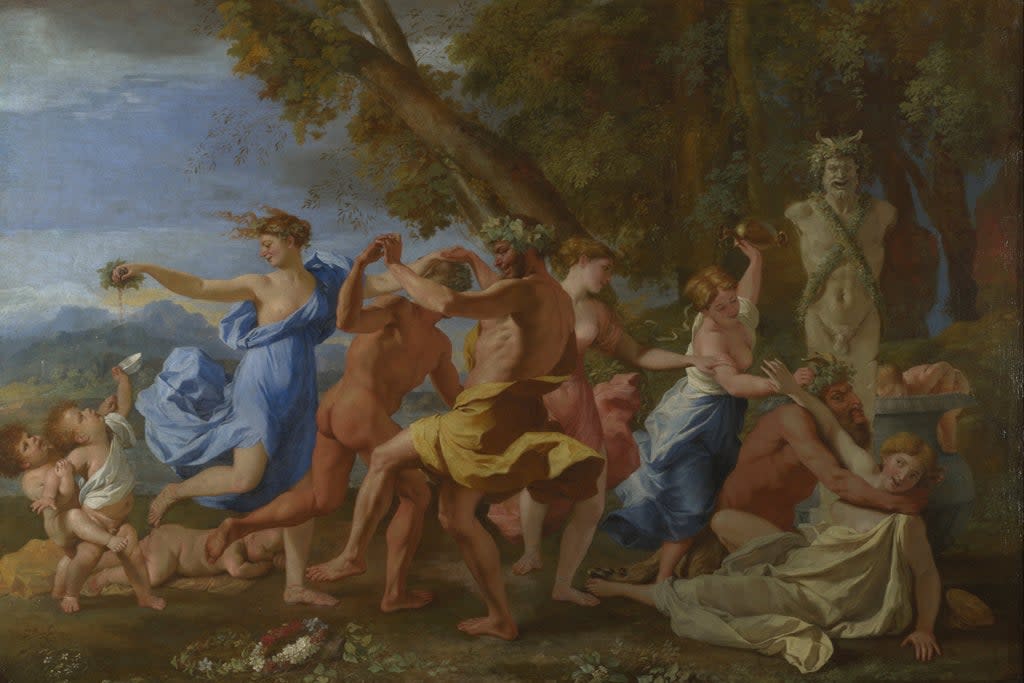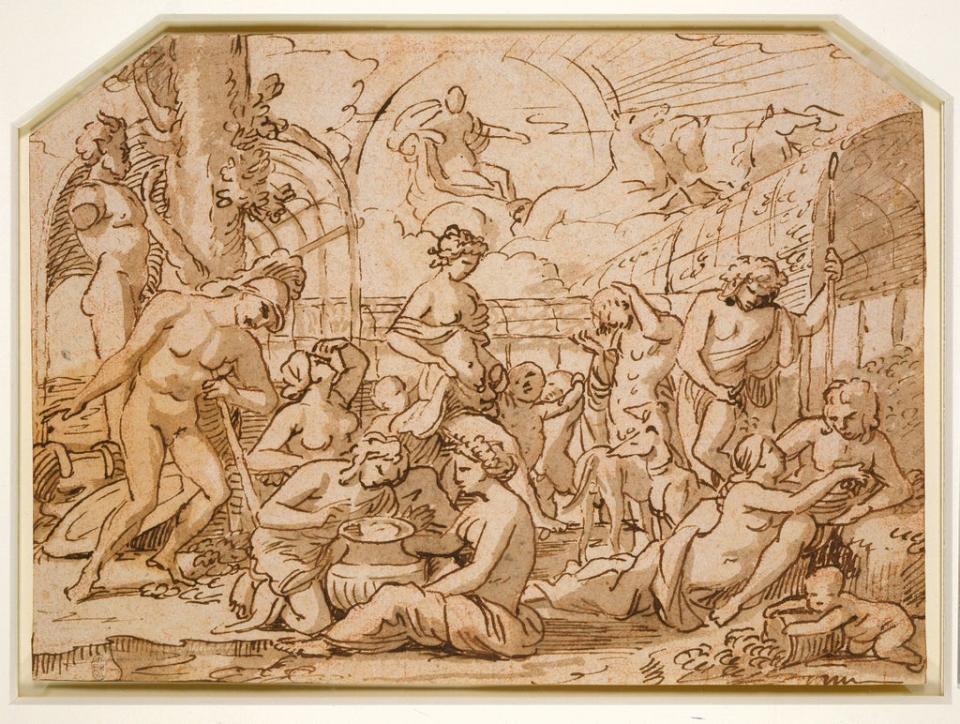Poussin and the Dance at National Gallery review: a chance to show him some love

Nicholas Poussin is one of those important painters who is more admired than loved. He’s the great artist of the French baroque, best known for his famous series on the Seven Sacraments, and his work is classical, austere; masterpieces of form. In fact, he was colossally influential for other artists, including modern artists – on Cezanne, David and Ingres, and indeed on Picasso. But being rated by other artists isn’t the same as being a popular draw.
This, the first exhibition of Poussin in London for over 30 years, at the National Gallery, is small in scale but it’s an opportunity to redress the balance, to show Poussin a bit of love. It gives his lighter work from his early career in Rome, featuring revelry based on the classical models all around him . Crucially, these paintings here are juxtaposed with the antique pieces by which Poussin was inspired – it’s worth going for the massive Borghese Vase, or the Roman frieze of dancing nymphs he more or less copied. The paintings surrounding the colossal pieces that inspired them are wonderful.
So we have here nymphs and satyrs dancing, playing tambourines, getting drunk - Poussin showing off the gods having a good time. There are a succession of works that show what we mean by a Bacchanal – fat old Silenus looking tipsy, satyrs forever molesting nymphs, with the nymphs either pushing them off or up for fun, centaurs of both sexes, the panthers and tigers of the train – and dance, the dance of the triumphant revellers. In fact the only dance that’s fraught with menace is the one of the Israelites before the Golden Calf.

We also see Poussin’s technique. He thought in three dimensions and made small figures in wax so he could model his scenes before painting, sometimes draping them in wet silk – here we have those models reimagined. We also have the preparatory pen and ink sketches for the works, which show a different artist – they’re light, mobile, sometimes fantastical. The drawings for The Triumph of Pan are exquisite – a procession that includes elephants and what looks like a giraffe. Actually that sequence for Cardinal Richelieu (we get his celebrated triple portrait here) is almost risqué. Is that donkey actually trying to mount the girl centaur, the one hitting him with a taper?
This sequence is set against a royal blue background which changes the look of the paintings, not least Poussin’s job lot of a kind of rich aquamarine.
And at the close – the famous Dance to the Music of Time – a loan from the Wallace Collection that couldn’t have taken place until now, when the museum liberalised its policy on loans. It shows dancers in a ring… Poverty next to Labour, next to Wealth, next to Pleasure…who is holding hands with Poverty. There’s a lesson there.
National Gallery, until January 22 nationalgallery.org.uk
Read More
Noguchi at the Barbican review: Compelling and uplifting
Late Constable at the Royal Academy review: Reaching for the skies
Hokusai: The Great Picture Book of Everything, British Museum review

 Yahoo News
Yahoo News 
